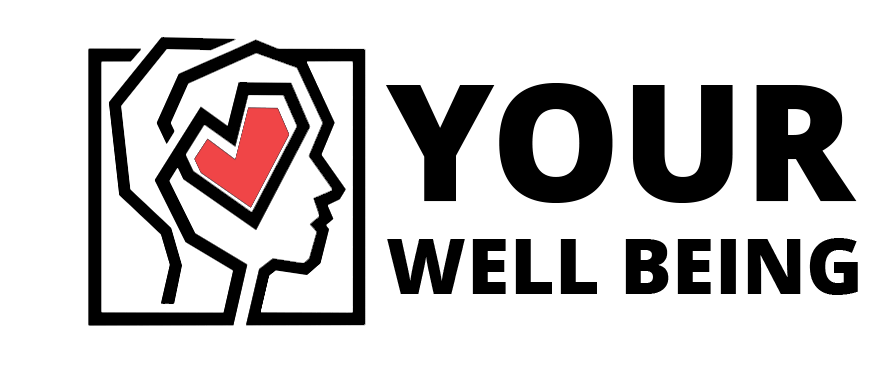Club Drug Abuse
Club drug abuse refers to the recreational use of psychoactive substances primarily in nightclubs, bars, concerts, and parties. These substances include a range of drugs such as MDMA (ecstasy), Ketamine, GHB (gamma-hydroxybutyric acid), Rohypnol, methamphetamine, and LSD (lysergic acid diethylamide). The allure of these drugs often lies in their ability to enhance sensory perceptions and increase energy levels, making them particularly appealing in social settings that emphasize music, dancing, and visual stimuli. However, the dangers associated with club drug abuse are significant and multifaceted. Users often underestimate the potency of these substances and the risk of adulterants or unknown chemicals present in street versions of these drugs. This can lead to overdose situations, dangerous physical reactions, and long-term health consequences including neurological damage and chronic mental health issues.
Moreover, the social context in which club drugs are consumed can exacerbate their risks. The combination of high doses of psychoactive substances with environments that encourage excessive physical exertion—such as dancing for extended periods in hot conditions—can lead to severe dehydration, heatstroke, or heart-related problems. Additionally, the disinhibiting effects of many club drugs can impair judgment and increase vulnerability to accidents and risky behaviors including unprotected sex and driving under the influence. The psychological aftermath can be just as debilitating as the physical side effects; users may experience depression, anxiety disorders, memory loss, and difficulties with cognitive functions. Addressing club drug abuse requires a comprehensive approach that includes education on its dangers, support for those struggling with addiction or dependency issues through counseling services or support groups like Narcotics Anonymous (NA), as well as effective harm reduction strategies at venues where these substances are commonly used.

